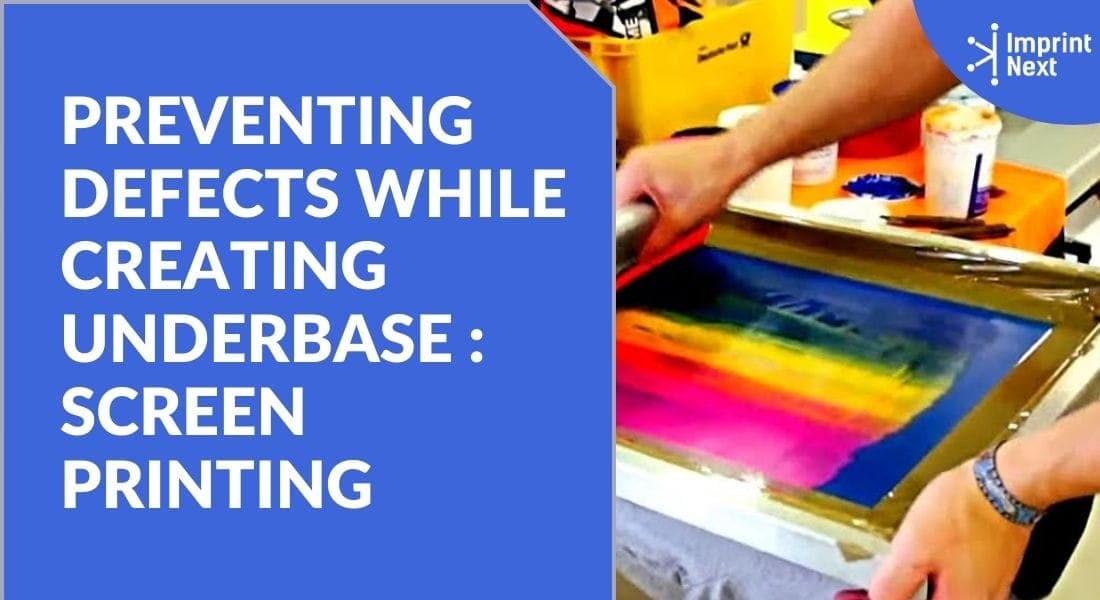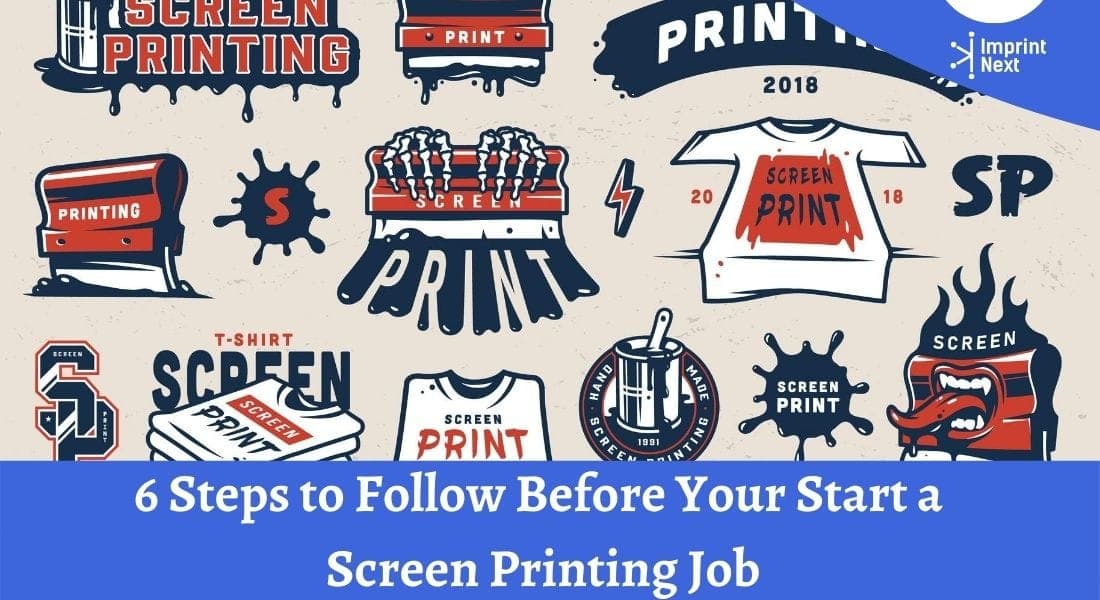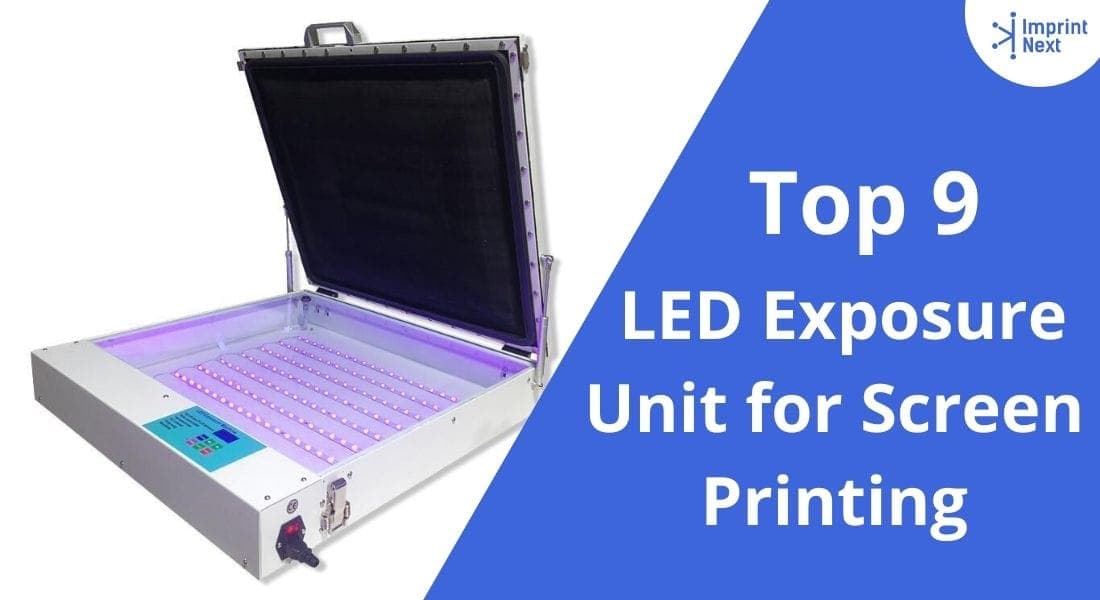News & Insights
Curated guides and insights into the decoration and apparel industry.
Loading...
Loading...
Loading...
Loading...
Pick your preferred date and time below. We will demonstrate the capability & features in a 30 minutes of screenshare demo.


